TE is your trusted supplier for artificial intelligence (AI) and data center solutions, providing comprehensive customer support and tailored solutions to adress your unique needs. Our products are engineered for compatibility, interconnectivity, and support industry standard form factors and performance requirements, helping deliver seamless integration, performance, and reliability.
Learn how TE is helping to empower the Artificial Intelligence (AI) evolution with our robust portfolio of interconnect solutions.
OUR SOLUTIONS
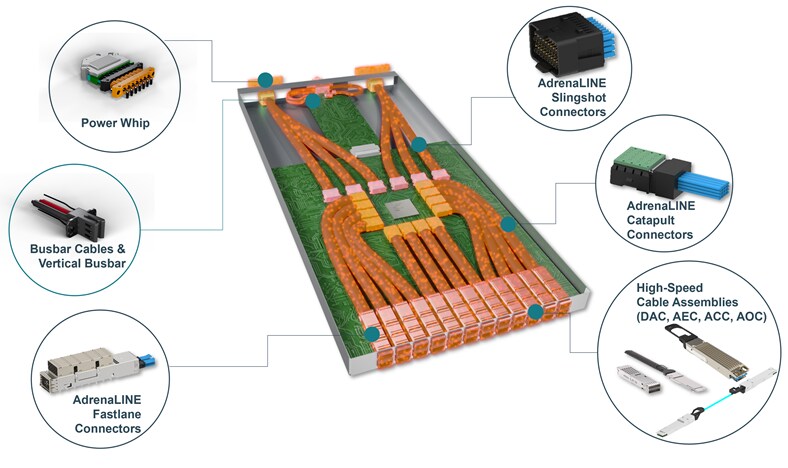
To support customers' need to move massive amounts of data among multiple components quickly and reliably, TE produces a variety of connectors designed with the right features as well as a family of internal cable assemblies , while balancing performance, cost, reliability and durability.
Connect with us to Learn MorePRODUCT PORTFOLIO
APPLICATIONS
FEATURED CONTENT & RESOURCES
EXPLORE MORE
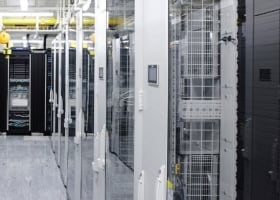



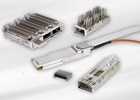
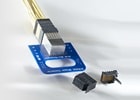
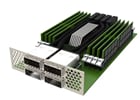
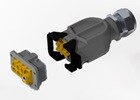
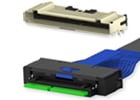
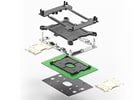
 e
e
 e
e
 e
e
 e
e
 e
e
 e
e
 e
e
 e
e








